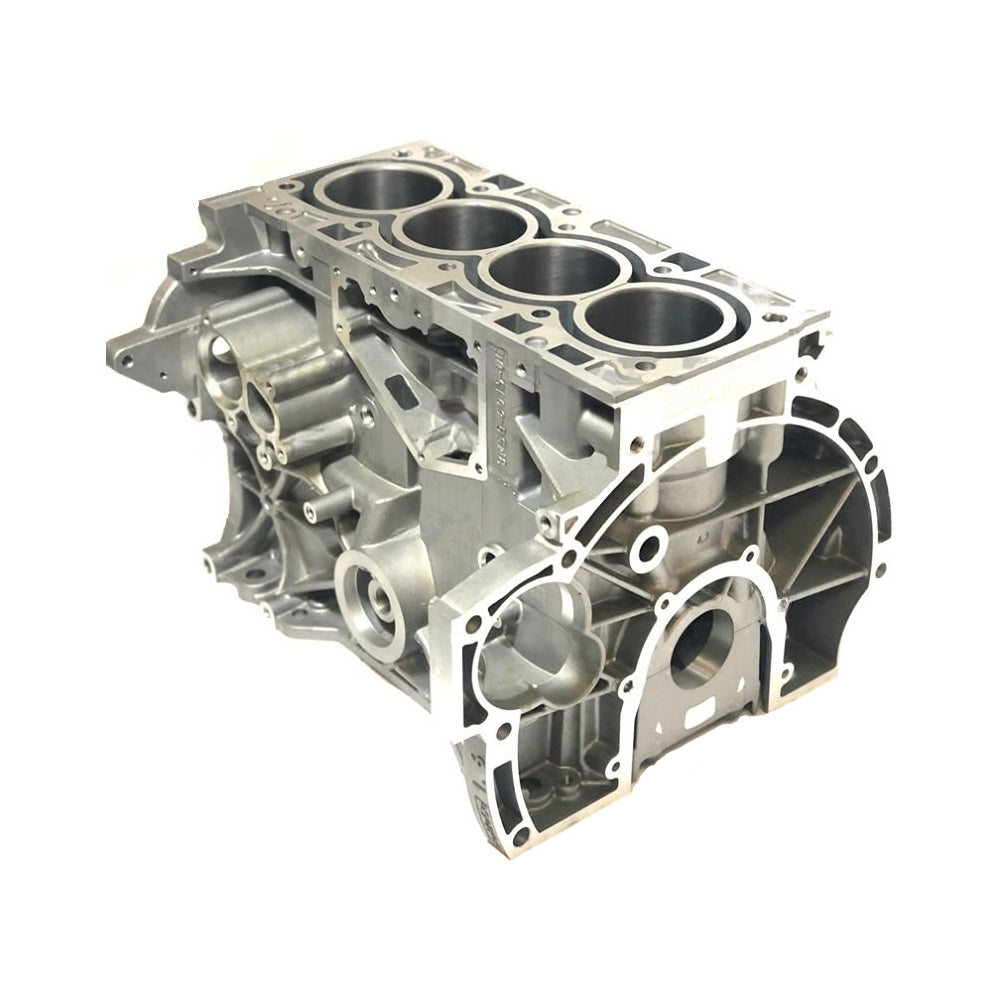Unlocking the Power of Engines: A Comprehensive Overview to Performance and Performance
Recognizing the detailed technicians of engines is crucial for both performance enthusiasts and everyday drivers. The solutions might redefine our strategy to engine efficiency and performance in means that are both informing and necessary.
Recognizing Engine Essentials
What makes up the fundamental mechanics of an engine? At its core, an engine is a machine created to convert gas into mechanical power with a series of regulated explosions or combustion procedures. The primary elements include the cylinder, piston, crankshaft, camshaft, and valves. The cyndrical tube works as the chamber where combustion occurs, while the piston relocates within the cylinder to transform the power from burning right into linear activity (ford fiesta engine).
The crankshaft then transforms this straight activity right into rotational energy, which ultimately powers the automobile. The camshaft controls the opening and closing of the shutoffs, controling the intake of air and gas and the expulsion of exhaust gases. Furthermore, the engine relies on a thoroughly adjusted fuel-air blend, ignition system, and cooling system to make sure optimal efficiency and effectiveness.
Comprehending engine essentials additionally includes identifying the value of engine cycles, such as the four-stroke cycle, that includes intake, power, compression, and exhaust strokes. Each phase is important in making certain the engine operates efficiently and effectively. Proficiency of these essential auto mechanics prepares for checking out much more intricate engine dynamics and efficiency metrics, necessary for enhancing both power result and performance.
Key Performance Metrics
Key efficiency metrics are essential for assessing an engine's performance and power output, supplying beneficial insights for both producers and consumers. These metrics work as standards for engine efficiency, enabling notified choices in layout, purchasing, and manufacturing.
One of the main metrics is horsepower, which measures the engine's capability to perform work over time. Torque, determined in pound-feet, is another essential metric that shows the engine's rotational pressure, straight impacting acceleration and pulling capacity. Gas efficiency, commonly gauged in miles per gallon (MPG) or litres per 100 kilometers (L/100km), analyzes exactly how successfully the engine transforms fuel into activity, influencing functional expenses and environmental factors to consider.
Additionally, thermal efficiency measures how well an engine transforms gas energy right into helpful work, revealing understandings into power losses mainly via warm. Exhaust degrees, including CO2 and NOx, are additionally essential, mirroring the engine's environmental impact and conformity with governing requirements.

Tuning Methods for Effectiveness
Tuning strategies play a substantial function in boosting engine efficiency by maximizing efficiency metrics recognized in earlier conversations (ford fiesta engine). Various methods exist to make improvements an engine, each contributing to enhanced gas economic situation and decreased exhausts
One effective technique is adjusting the air-fuel ratio, guaranteeing the engine runs within the optimal combustion regimen. A leaner blend can improve fuel performance, but it should be balanced to avoid misfires or engine knock. Furthermore, reprogramming the engine monitoring system can rectify parameters such as ignition timing, which better boosts efficiency while preserving power outcome.
An additional important method involves modifying the intake and exhaust systems. Upgrading to high-performance air filters and exhaust headers can lower back stress, assisting in far better air movement. This permits the engine to breathe more easily, causing enhanced combustion performance.
In addition, Click This Link the application of advanced tuning tools, like dyno screening, supplies accurate information that allows targeted adjustments. On a regular basis checking these performance metrics ensures that adjusting efforts produce the wanted effectiveness end results. Jointly, these methods not only boost engine performance yet likewise add to lasting sustainability in engine operations.
Upkeep for Optimal Efficiency
Routine engine upkeep is vital for achieving ideal efficiency and longevity. A well-maintained engine not only runs effectively however additionally reduces the threat of costly repair services and malfunctions. Trick components needing routine interest include oil, filters, belts, and ignition system.
Changing the engine oil at suggested periods is important, as oil lubes moving parts and protects against getting too hot. Replacing oil and air filters makes certain that pollutants do not hinder engine function. Overlooking these components can bring about decreased performance and potential engine damage.
Furthermore, checking and replacing worn belts and pipes is essential to stop unexpected failings. Timing belts, particularly, ought to be replaced according to the producer's routine pop over to these guys to prevent tragic why not try this out engine damages.
Ignition system should additionally be examined and changed as necessary, because they play a vital function in ignition and fuel effectiveness.
Future Patterns in Engine Innovation
Accepting improvements in innovation, the future of engine design is poised to change efficiency and performance throughout different applications. Crossbreed and completely electric powertrains are ending up being progressively traditional, using decreased emissions and improved fuel effectiveness.
Furthermore, developments in materials science are bring about lighter, stronger components that enhance engine performance while decreasing energy usage. Advanced production techniques, such as 3D printing, enable the creation of intricate geometries that boost air movement and thermal management, thus maximizing combustion processes.
In addition, the integration of expert system and equipment knowing is established to change engine diagnostics and performance tuning. These technologies can analyze substantial amounts of information in real time, allowing predictive maintenance and customized performance improvements.
Verdict
In conclusion, opening the power of engines calls for a detailed understanding of their technicians and efficiency metrics. Applying effective tuning techniques and adhering to regular maintenance methods significantly boost engine abilities.
Additionally, the engine relies on a thoroughly adjusted fuel-air mix, ignition system, and cooling down system to guarantee optimal efficiency and effectiveness.
Understanding engine fundamentals additionally includes identifying the importance of engine cycles, such as the four-stroke cycle, which includes consumption, power, compression, and exhaust strokes. Mastery of these essential technicians lays the foundation for exploring extra complicated engine characteristics and performance metrics, essential for enhancing both power output and effectiveness.

Embracing developments in modern technology, the future of engine layout is poised to reinvent efficiency and efficiency throughout numerous applications.